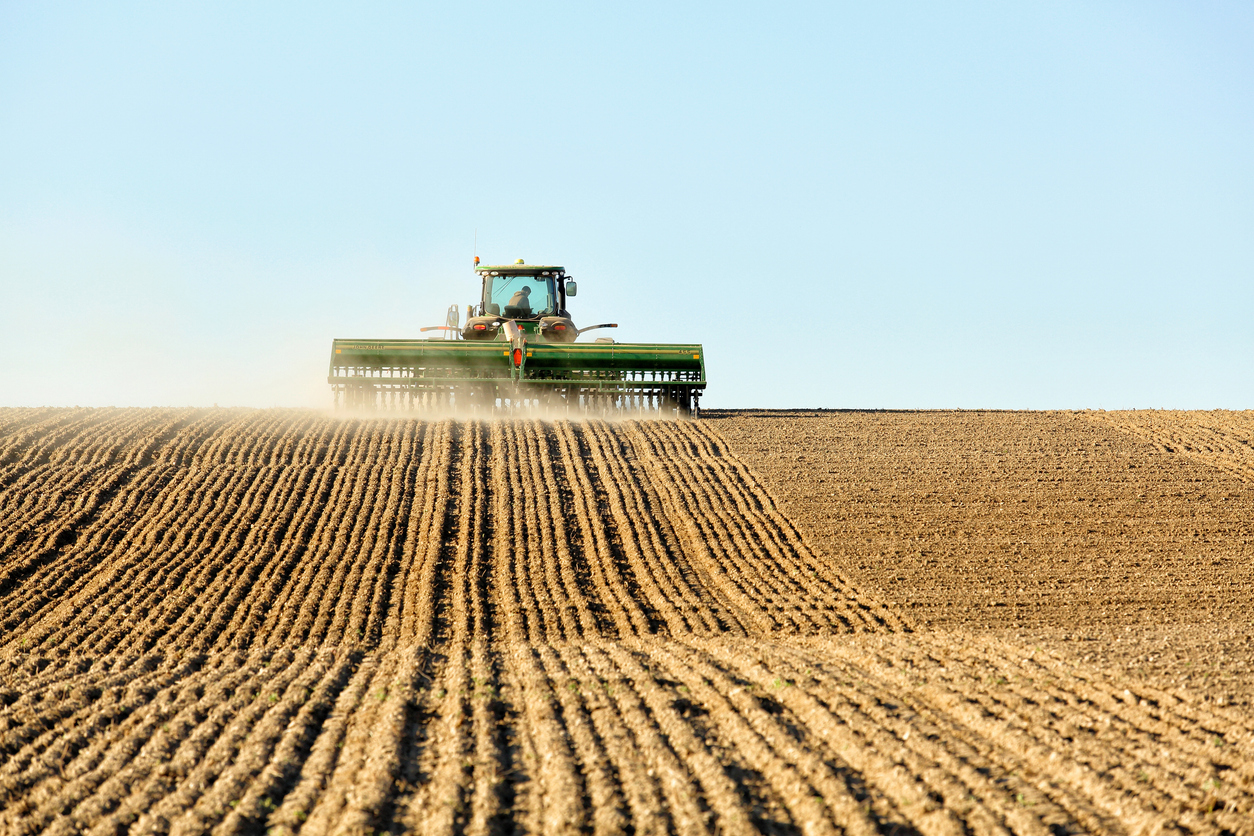Will Kletter is chief operating officer at long-range weather forecasting and ag insights platform ClimateAi.
The views expressed in this article are the author’s own and do not necessarily represent those of AgFunderNews.
Grain buyers in 2025 already have to navigate changing weather and reduced yields. Now, a quickly evolving tariff landscape is making every procurement decision harder.
Several countries that supply grains to the U.S. are currently subject to tariff adjustments. The majority of them are currently under a 90-day 10% blanket tariff, which started on April 9.
However, Canada, the largest supplier of oats and barley to the US, is exempt from most agricultural tariffs under the United States-Mexico-Canada Agreement (USMCA).
The global grain supply chain is already in a volatile position with geopolitical issues, extreme weather events, and warming trends. These tariffs will increase costs further and make supply from some geographies less cost-effective.
Companies that are considering these tariffs and factoring in climate-impacted yields stand to benefit most. Weather intelligence could be the best differentiating factor for grain procurement decisions in 2025.
How weather might impact grain crops in 2025
Global heating trends are already having an impact on the yield, price, and supply of global crops. Climate trends over the last 50 years have reduced the yield of three of the world’s major grain crops (barley, maize, and wheat) by 4-13%.
In 2023 and 2024, the two hottest years on record, the impact was even more pronounced, with extreme temperatures, drought, and in some cases, precipitation reducing yields and increasing grain prices in markets across the world.
2025 is expected to be another extremely hot year, one of the hottest on record, which, according to ClimateAi’s early-season data, will result in below-average yields for grains such as barley, oats, and soybeans. These crops are especially sensitive to high temperatures during critical growth stages like flowering and grain fill and may see reductions in both quality and volume depending on regional conditions.
Winter wheat yield projections, for example, vary significantly across the US. While the national outlook points to an above-average year, regional differences are surprisingly high. In Kansas, the country’s largest producer, early-season data suggests a strong performance, with yields expected to be 20% above the historical baseline due to favorable growing conditions.
In contrast, South Dakota is projected to see yields 15% below baseline, a 35-point swing, driven by extreme heat stress.
It’s important to note that these projections will increase in confidence as the season progresses and are subject to change. Regular monitoring of crop health and forecast updates will be critical for informed sourcing decisions.
How will low yields impact grain procurement decisions in 2025?
With drought and extreme heat expected to hit critical grain-growing regions in the US in 2025, yields could fail to meet domestic demand. This is when the tariffs will start to become an issue. While the U.S. is largely self-sufficient in crops like wheat and soybeans during normal seasons, poor yield years typically require increased imports.
For oats, the US imports over 90% of the supply, mainly from Canada, making it especially sensitive to changes in yields there. Even in more export-focused crops like soybeans, domestic underperformance forces sourcing teams to turn to alternative international suppliers like Europe, Canada, and Australia.
In 2025, when climate stress is predicted to be so widespread across both regions and crops, balancing domestic shortfalls with international options becomes critical. Layering in the new tariff considerations complicates those international procurement decisions.
Factoring in global tariffs
The US tariff landscape has shifted several times over recent months. On April 2, reciprocal tariffs were introduced on several major trading partners, with 20% on the European Union and 56% on China. On April 9th, a new tariff policy was implemented, reducing most global tariffs to a 10% baseline for 90 days, with the exception of China.
China’s rate rose temporarily to 145% before being re-adjusted to 30% on May 12th. In parallel, China reduced its reciprocal tariffs on US goods from 125% to 10% for the same 90-day period. Agricultural trade with Mexico and Canada remains tariff-free under preexisting agreements.
These changes may continue to evolve as trade negotiations progress in the coming months. Under this new trade environment, understanding where and when to source, based on both weather-impacted yields and current tariff structures, can help procurement teams make more informed decisions and mitigate the costs of tariffs.
Strategies to mitigate tariffs and domestic low yields
While tariffs and yields will impact costs and supply, there are several steps businesses can take to ensure supply continuity and get the lowest possible price. ClimateAi’s data points to a risk of poor yields for most grains across the US. However, yield outcomes vary significantly by state. In some cases, localized production, though still below historical averages, outperforms other areas, resulting in more favorable spot pricing.
For example, barley yield projections show regional variability, with states like Washington and Colorado showing a 17% difference in yield against the baseline. This variation highlights the importance of monitoring yield forecasts at the state level when developing sourcing strategies.
In addition to evaluating domestic options, sourcing teams may consider international suppliers. Canada, the primary source of US barley imports, is not subject to agricultural tariffs. However, Canadian barley is also projected to have a below-average yield, which could reduce available supply and impact pricing.
In this context, countries such as Argentina or France, though subject to a 10% tariff, that have above-average yield outlooks could offer better value despite the tariff.
Companies may also consider reformulating or substituting ingredients. For example, if oat or soybean yields are low, sourcing teams may explore domestic alternatives like winter wheat, which is expected to have a normal yield in the US in 2025.
Access to early, localized yield data allows procurement teams to adjust their sourcing strategies proactively. Whether by locking in contracts early, diversifying geographies, or revising inputs based on performance and pricing.
Tariffs and weather may be beyond your control, but how you respond isn’t. In an uncertain environment, companies that control what they can, act early based on available data and prepare for outcomes out of their control will be the most resilient in 2025.




